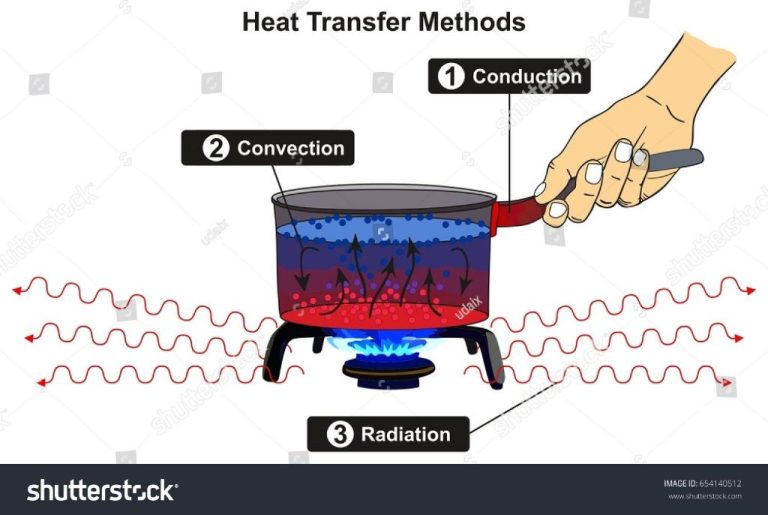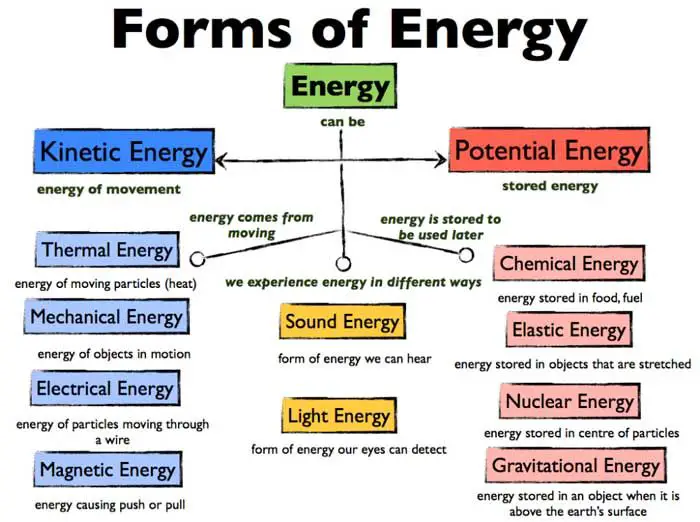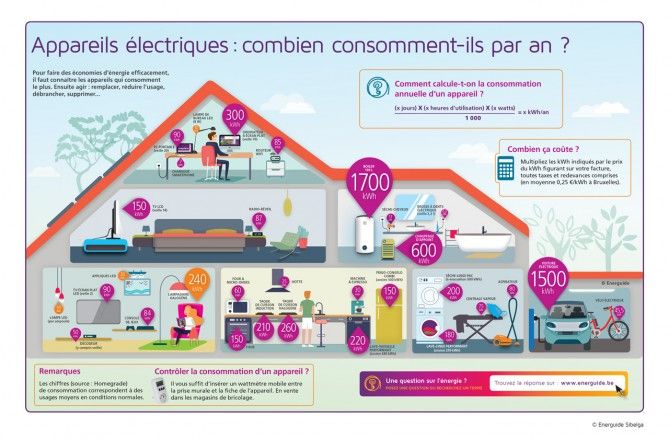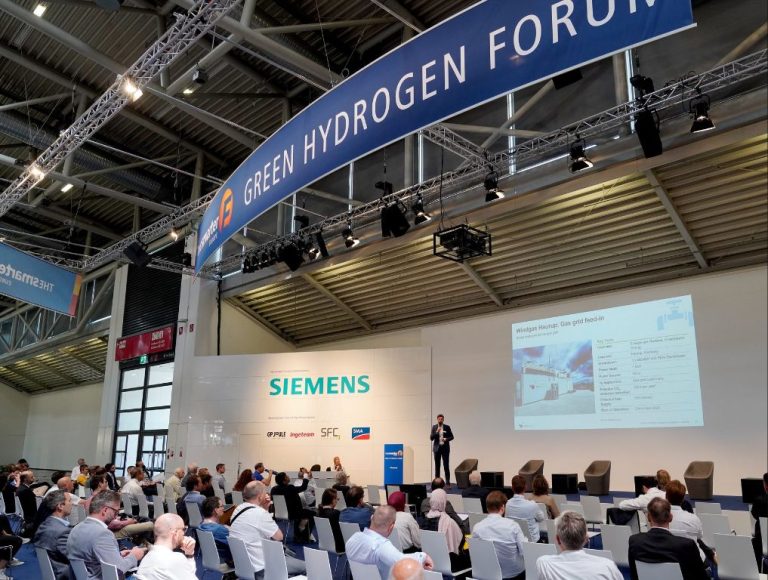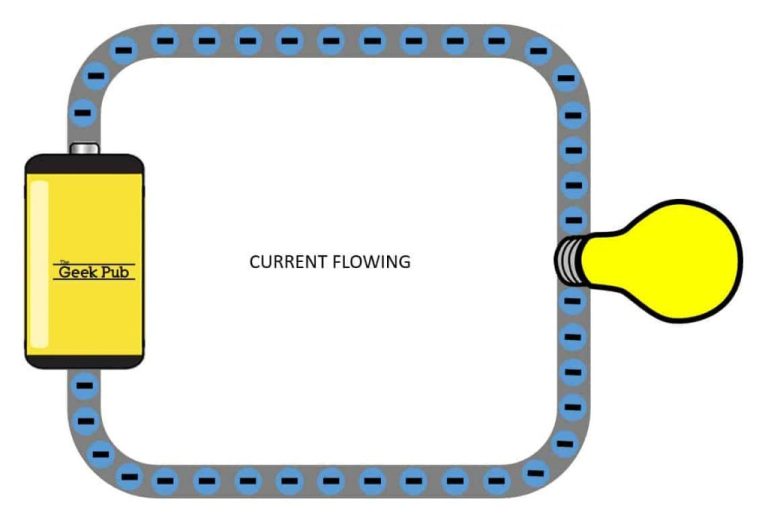How Do You Use Renewable Sources In A Sentence?
Introduce renewable energy sources
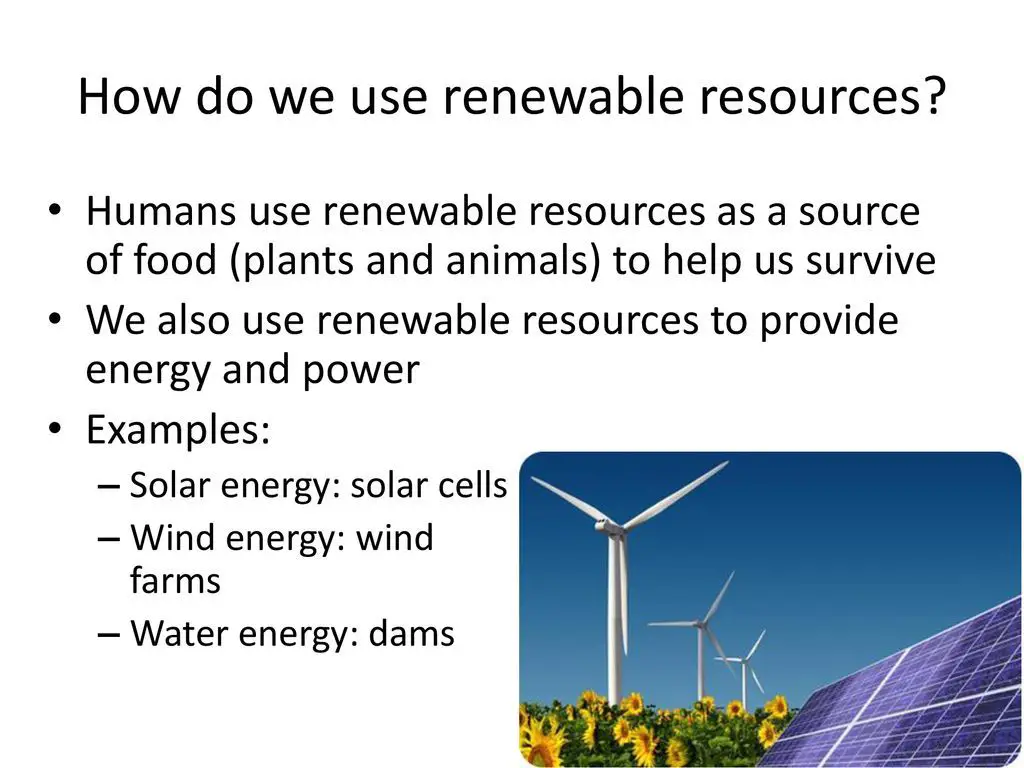
Renewable energy sources are derived from natural processes that are constantly replenished. According to the UN, renewable energy comes from unlimited natural sources like sunlight, wind, rain, tides, waves and geothermal heat (UN, n.d.). The five main types of renewable energy sources are:
- Solar power from sunlight
- Wind power from wind
- Hydro power from flowing water
- Geothermal power from heat below the earth’s surface
- Biomass power from organic material
These sources are considered renewable because they are naturally replenished at a rate faster than they are consumed. Sunlight and wind will not run out for billions of years. Flowing water, geothermal heat, and biomass can be renewed naturally in a short period of time (NRDC, 2018).
The Importance of Renewable Energy Sources
Renewable energy sources provide many important benefits compared to fossil fuels. Most significantly, they reduce dependence on fossil fuels and help cut greenhouse gas emissions associated with climate change. According to the EPA, renewable energy results in virtually no emissions that cause global warming. Whereas fossil fuels produce carbon dioxide and other pollutants when burned, renewable sources like solar, wind, geothermal and hydropower produce no emissions directly. Expanding renewable energy can help nations meet emissions reduction targets under international agreements like the Paris Accords.
Increased use of renewables also enhances sustainability and energy security. Renewable sources are inexhaustible and replenished naturally, allowing them to be harnessed indefinitely unlike finite resources. Local renewable generation reduces reliance on imported fuels susceptible to price volatility. The diversity of renewable resources makes energy supplies more resilient. Transitioning to an energy system based on renewables is critical for building a sustainable future.
Provide examples of renewable source usage
There are many examples of how renewable energy sources are used in everyday applications. Some of the most common renewable sources that provide electricity and heating include:
Solar panels on homes – Rooftop solar panels generate electricity from sunlight that can power homes and get fed back into the grid. Solar energy capacity has expanded rapidly as panel costs have fallen.
Wind farms – Groups of large wind turbines in windy locations rotate blades to generate electricity. Wind provided over 8% of U.S. electricity generation in 2021. Large wind farms can power thousands of homes.
Hydroelectric dams – Flowing water spins turbines connected to generators to produce electricity. Hydroelectricity accounted for about 7% of U.S. electricity generation in 2020.
Geothermal heating – Geothermal energy harnesses heat from under the earth’s surface to provide heating for buildings and electricity generation. Heat pumps can tap shallow ground warmth.
Explaining How Renewables Generate Electricity
Renewable energy sources like solar, wind, hydro and geothermal generate electricity in different ways by harnessing natural energy flows and converting them into usable power. Here’s an overview of the main technologies:
Solar photovoltaic (PV) panels convert sunlight directly into electricity using semiconducting materials. Solar cells absorb photons and release electrons, causing an electric current to flow when the solar panels are connected to a load or grid (https://www.nrdc.org/stories/renewable-energy-clean-facts).
Concentrated solar power focuses sunlight using mirrors or lenses to heat up a fluid, produce steam and drive a turbine generator. This thermal energy conversion process is similar to fossil fuel plants but uses the sun’s heat instead (https://www.un.org/en/climatechange/what-is-renewable-energy).
Wind turbines harness the kinetic energy of wind to spin large blades connected to a rotor and generator, converting mechanical rotation into electrical power. Generator designs include asynchronous generators or permanent magnet synchronous generators (https://www.nrdc.org/stories/renewable-energy-clean-facts).
Hydropower turbines use the energy of flowing or falling water to spin rotors connected to generators. The kinetic energy drives electromechanical conversion in the generator. Hydropower designs include dammed reservoirs, run-of-river, and pumped-storage (https://www.un.org/en/climatechange/what-is-renewable-energy).
Geothermal power plants extract heat from underground hydrothermal resources to generate steam and drive turbine generators. Hot water or steam from wells or pipes powers the turbine and produces electricity via rotational mechanical energy (https://www.nrdc.org/stories/renewable-energy-clean-facts).
Discuss integration of renewables into grid
Integrating renewable energy sources like solar and wind into the electrical grid presents unique challenges due to their intermittent and variable nature. Unlike traditional fossil fuel plants that can be dispatched on demand, renewable output depends on environmental conditions that cannot be controlled.
To manage the variability of renewables, grid operators use forecasting to predict renewable output and plan ahead. Energy storage like batteries and pumped hydro can store excess renewable generation for later use when output is lower. Smart grid technologies enable better monitoring and control of the grid to match supply and demand in real-time.
Net metering policies allow homes and businesses with their own renewable generation to get credit for excess energy fed back into the grid. This helps expand distributed renewable generation. Despite the challenges, grid operators around the world are finding solutions to integrate higher and higher levels of renewables through forecasting, storage, smart grid technologies and innovative policies.
According to a report by the National Renewable Energy Laboratory, “Methods such as improved renewable energy resource forecasting, building local transmission, energy storage, more flexible generation, and using demand response have become cost-effective grid integration options.” (1)
Examples Using “Renewable Energy” in a Sentence
Renewable energy sources like solar, wind, geothermal, and hydropower provide sustainable clean energy through natural processes that are constantly replenished. Here are some example sentences using the phrase “renewable energy”:
The cost of solar, wind, and other forms of renewable energy is getting cheaper.
Clean renewable energy is critical if we are to tackle global warming and climate change.
Many companies are now opting to use renewable energy sources like solar and wind to power their operations.
Renewable energy production from sources like hydropower and biomass is on the rise globally.
The renewable energy sector provides a growing number of jobs and investments in green technology.
Germany has made major investments and policy commitments to shift their energy production to renewables like wind and solar.
More renewable energy capacity was added globally than new fossil fuel and nuclear capacity combined in recent years.
Growth in Renewable Energy is Rapidly Accelerating
The renewable energy industry has experienced tremendous growth over the past decade, with global renewable energy capacity nearly tripling between 2010 and 2021, according to IEA data. Key drivers of this growth include falling technology costs, supportive government policies, and rising public demand.
Solar and wind power have seen particularly steep capacity increases. Total global solar PV capacity grew over 25-fold between 2010 and 2021, reaching over 900 GW, while wind capacity grew over 3.5 times to reach 837 GW globally, according to Statista. This exponential growth has been aided by dramatic cost declines, with the levelized cost of electricity from solar PV and wind falling by 85% and 55-60% respectively between 2010 and 2020, per IRENA analysis.
Favorable government policies like renewable portfolio standards, tax credits, and tendering schemes have also catalyzed growth by improving the economics of renewable projects. As costs have fallen, public support for renewables has risen, with surveys showing strong majorities in favor of further renewable deployment. This public pressure is driving additional policy action and investment in renewables worldwide.
Looking ahead, growth is projected to continue as costs fall further, policies and investments expand, and more regions realize the environmental and economic benefits of renewable energy. The share of renewables in global power generation is expected to nearly double from under 30% in 2021 to over 60% by 2050, per IEA projections.
Explain limitations of renewable sources
While renewable energy sources offer many benefits, they also come with some limitations that need to be considered. Some of the main limitations of renewable energy sources include:
High upfront costs – Installing renewable energy systems like solar panels or wind turbines can cost a lot more upfront compared to fossil fuel power plants. According to the Union of Concerned Scientists, “The most obvious and widely publicized barrier to renewable energy is cost—specifically, capital costs, or the upfront expense of building and installing solar panels, wind turbines, transmission lines, and other infrastructure” (https://www.ucsusa.org/resources/barriers-renewable-energy-technologies). This high initial investment can deter adoption of renewables.
Intermittent supply – Wind and solar power depend on the weather, so their electricity generation can be intermittent and unpredictable. This can cause issues for grid reliability and meeting demand when the sun isn’t shining or wind isn’t blowing. Energy storage solutions are needed to complement renewables.
Storage needs – The intermittent nature of some renewables increases the need for energy storage like batteries to store excess energy when generation is high and discharge when demand is high. This adds further costs.
Siting challenges – Finding suitable locations with good resources to site renewable energy projects can be difficult, especially for large-scale projects. Solar and wind farms require significant land area which can be a challenge in crowded areas.
Provide forecasts for future of renewables
According to projections from the International Energy Agency (IEA), renewable energy is set to see significant growth by 2030 based on current policy settings alone. The IEA forecasts that renewables will contribute 80% of new power generation capacity through 2030, with solar power accounting for nearly 60% of that growth (IEA). Total renewable capacity is projected to rise over 60% to 4,800 GW by 2030.
The U.S. Energy Information Administration (EIA) also forecasts strong growth in renewable capacity additions, projecting an increase of 17% to 42 GW in 2024. Renewables are expected to account for over 75% of new generating capacity in the U.S. through 2024 according to EIA projections (Deloitte). Many countries have set ambitious renewable energy targets for 2030 and beyond, aiming for 50-100% renewable electricity by mid-century.
Longer-term projections see the renewable energy share of global electricity generation reaching up to 85% by 2050 according to IRENA. Realizing these projections will require substantial investment and policy support for renewables along with improvements in grid flexibility and storage to integrate higher shares of variable renewables.
Summarize key points
Renewable energy sources like solar, wind, hydroelectric, geothermal and biomass play an important role in reducing dependence on fossil fuels and mitigating climate change. They are primarily used to generate clean electricity, but also have applications in transportation, heating/cooling and rural energy access.
The main renewable sources are solar PV, wind power, hydropower and bioenergy. Solar and wind have seen rapid growth in recent years and now provide over 10% of global electricity generation. Hydropower has a long history and still dominates renewable electricity. Bioenergy covers a range of biomass feedstocks and technologies and accounts for about half of renewables used today.
Renewables help cut emissions, improve energy security and access, and bring economic benefits. Costs have fallen dramatically, leading to higher adoption rates worldwide. However, intermittency and relative expense remain challenges. The share of renewables in the global energy mix is projected to grow to over 30% by 2030, led by increasing competitiveness and supportive policies.
In summary, renewable energy is gaining momentum globally thanks to environmental benefits and improving economics. But sustained government support and grid integration efforts are still needed to unlock the full potential of sources like solar, wind and hydropower.

